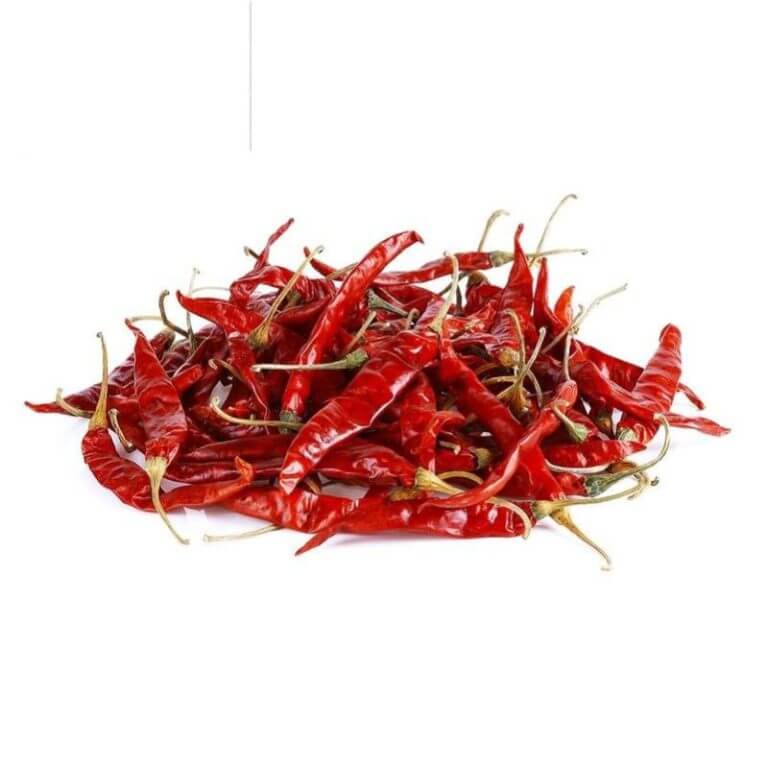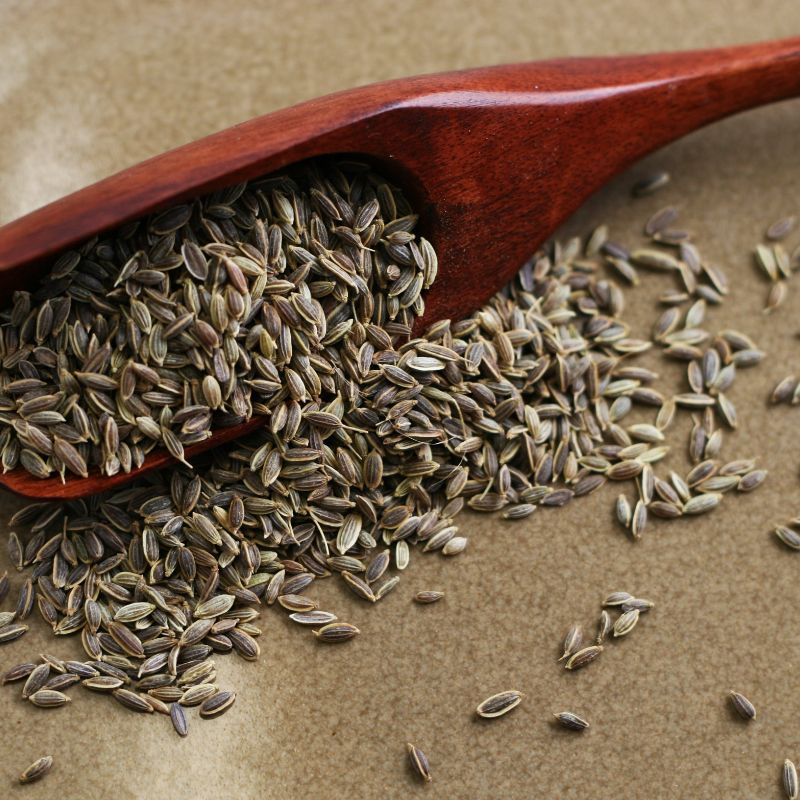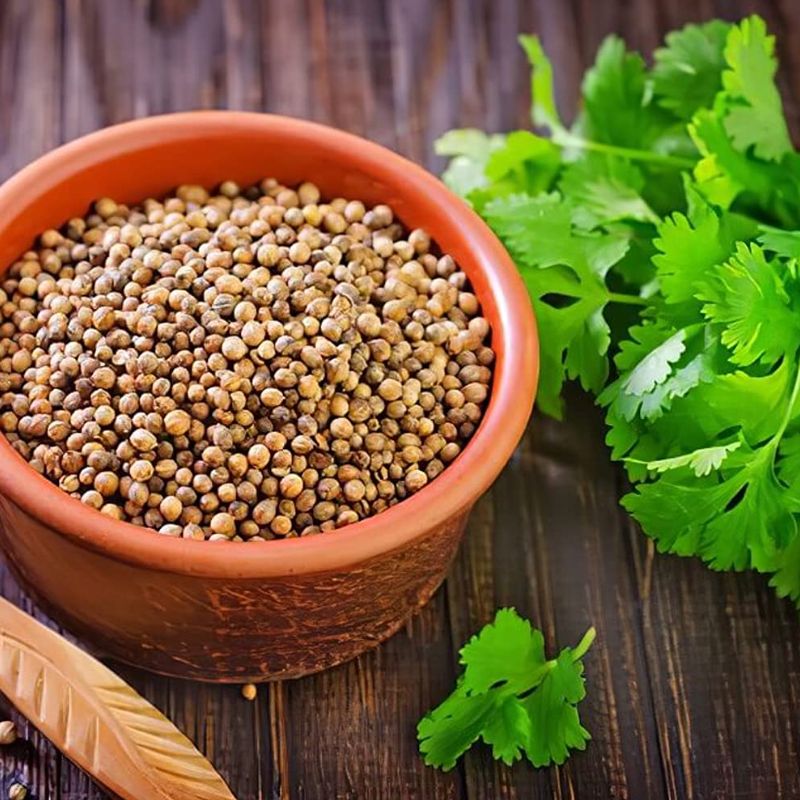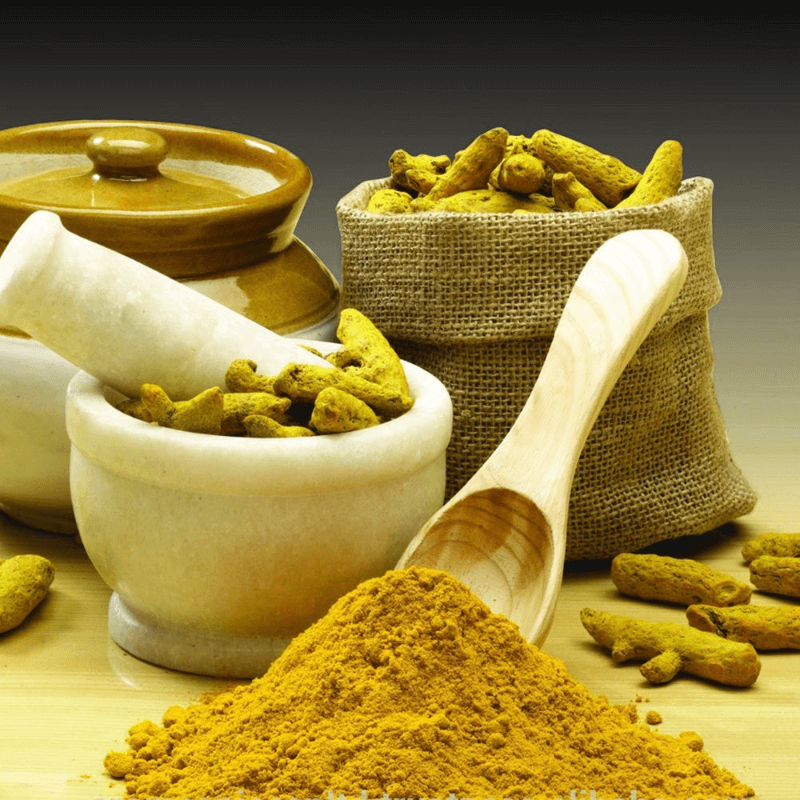Dill Seeds
Dill (Anethum graveolens) is an annual herb that belongs to the Apiaceae family. It is known for its feathery, delicate leaves and distinctive aroma. The dill plant typically grows to a height of 2 to 3 feet (60-90 cm) and features fine, thread-like leaves. It produces small, umbrella-like clusters of yellow flowers that eventually develop into seeds.
₹1,000.00
Dill Seed (Anethum graveolens)
Plant Description: Dill (Anethum graveolens) is an annual herb that belongs to the Apiaceae family. It is known for its feathery, delicate leaves and distinctive aroma. The dill plant typically grows to a height of 2 to 3 feet (60-90 cm) and features fine, thread-like leaves. It produces small, umbrella-like clusters of yellow flowers that eventually develop into seeds.
Taste and Color: Dill seeds have a mild, slightly sweet, and aromatic flavor with hints of anise and lemon. The seeds are small and oval-shaped, about 3-5mm in length. They are light brown to tan in color.
Soil Type for Growth: Dill thrives in well-drained, sandy or loamy soil with a pH level between 5.5 and 6.5. It prefers full sun exposure but can tolerate some shade.
Regions of Production: Dill is cultivated in various regions around the world, with primary production occurring in countries like India, Iran, Egypt, and the United States. In India, dill is grown in states like Gujarat, Rajasthan, and Uttar Pradesh.
Maturity Period: Dill plants typically reach maturity within 60 to 70 days after sowing the seeds. The seeds are ready for harvest when the flowers turn brown and dry out.
Environmental Conditions: Dill grows well in temperate climates and requires a moderate amount of rainfall. It is sensitive to extreme heat and prefers temperatures between 60°F to 70°F (15°C to 24°C).
Physical Properties and Ingredients: Dill seeds are small, oval-shaped, and have a textured surface. They are packed with essential oils, primarily composed of carvone, limonene, and α-phellandrene, which give them their characteristic flavor and aroma. Dill seeds are also a good source of essential nutrients like calcium, iron, and magnesium.
Shelf Life after Harvesting and Storage Conditions: Dill seeds have a relatively long shelf life if stored properly. When kept in an airtight container away from light, heat, and moisture, they can maintain their quality for up to two years. Dried dill leaves, known as dill weed, can also be stored in a similar manner.
Uses and Consumers:
- Culinary Uses: Dill seeds are a popular spice used in various culinary applications. They are a key ingredient in pickling, giving dill pickles their distinctive flavor. Dill seeds are also used in soups, stews, sauces, and marinades.
- Medicinal Uses: Dill has been used in traditional medicine for its digestive and anti-inflammatory properties. It is sometimes brewed as a tea to relieve digestive discomfort.
- Aromatherapy: Dill essential oil is used in aromatherapy for its calming and stress-relieving properties.
- Cosmetic Products: Dill essential oil is used in some skincare and cosmetic products for its fragrance and potential skin-soothing properties.
- Flavoring: Dill is used as a flavoring agent in various foods, including bread, fish, and potato dishes.
Dill seeds are a versatile ingredient with a wide range of culinary and medicinal applications, making them a valuable addition to both the kitchen and herbal medicine cabinet.







Reviews
There are no reviews yet.